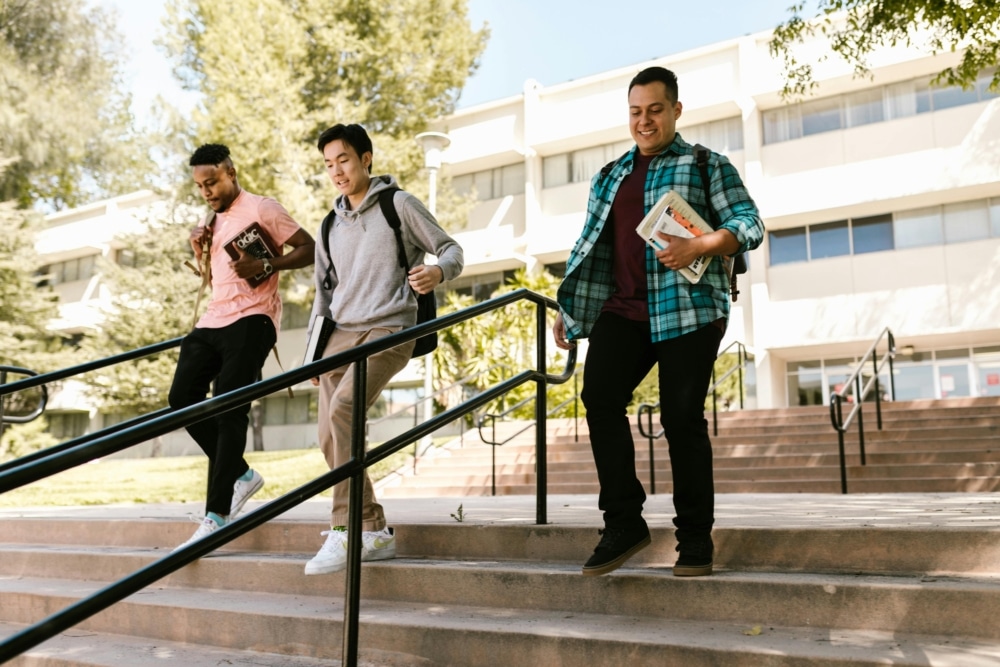What is a Summer Bridge Program? (Plus, How to Stay Connected!)
Increasing enrollment numbers is always a high priority for most colleges and universities. When it comes down to it, attracting prospective students means your campus needs an effective outreach program. There are various ways to engage with ...








